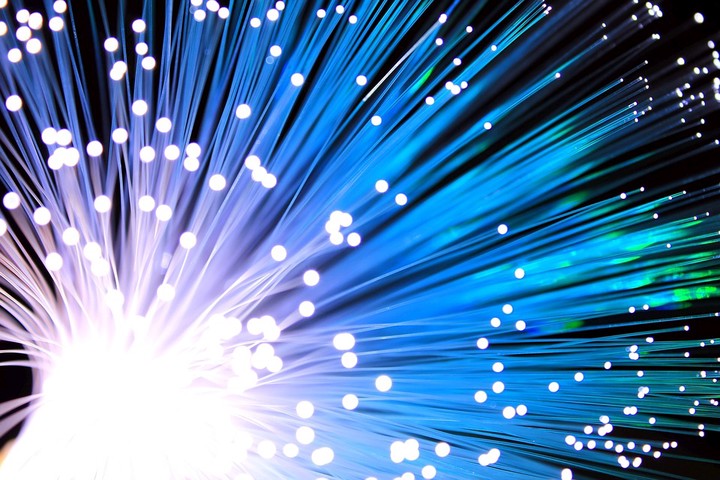In order to address the critical lack of data on the dynamics and physical evolution of the seafloor (coastal erosion, tectonic or volcanic motions, gravitational instabilities, etc.), we are exploring the potential of Distributed Fiber-Optic Sensing (DFOS) technology to complement or improve existing seafloor monitoring techniques.
DFOS is a promising technique allowing to quantify deformation, temperature and/or acoustic signals typically every meter of a standard optic fiber cable and over distances of several tenths of kilometers. The physical principle is not new but decades of improvements in the price and performance of the components make it a potential affordable alternative to standard seafloor instrumentation. Compared to traditional electro-mechanical sensors, optical fibers have many advantages: they are passive, lightweight, small, immune to electromagnetic interferences and tolerant to harsh environments (temperature and pressure). Data acquisition and transfer is also fast and efficient because it relies on a large bandwidth and offers opportunities for multiplexing. DFOS has become a standard monitoring approach for civil engineering or oil exploration, but its potential for seafloor applications remains largely unexplored.
There are two main strategies to harness the potential of DFOS, either through the deployment of a dedicated cable, or the use of cables in place:
Existing fiber optic cables

Thanks to the telecom industry, the seafloors are already largely covered with fiber optic cables. The challenge here is to define the potential of these large infrastructures to provide meaningful geophysical signals, as they are not designed for measurements: instead, telecommunication cables are optimized such that the optical fibers at the core of the cable are isolated from external forces.
- Sladen, A., Rivet, D., Ampuero, J., De Barros, L., Hello, Y., Calbris, G., & Lamare, P. (2019, June 7). Distributed sensing of earthquakes and ocean-solid Earth interactions on seafloor telecom cables. EarthArXiv, https://doi.org/10.31223/osf.io/ekrfy
Dedicated fiber optic cables
In many cases, places of geophysical interest might not be covered with optical fiber cables. The thick armored cables used by the telecom industry are too expensive for academic applications. Instead, we are developing a lightweight plow to trench thin fiber optic cables inside the sediments of the seafloor. Trenching the cable allows to improve the coupling and protect the thin cable from fishing activities. Our plow system was first tested and validated in 2018 offshore the Nice airport, France. The first deployment of fiber optic cables is scheduled in the same area in 2019. The area offshore the Nice airport is both a convenient local test site but also an area of great scientific and societal interest: the seafloor shows many signs of fluid seepage and the steep slopes might be prone to destabilization; in 1979, a submarine landslide triggered a local tsunami.
